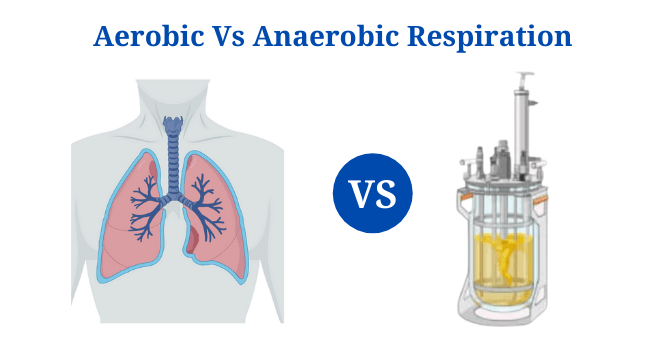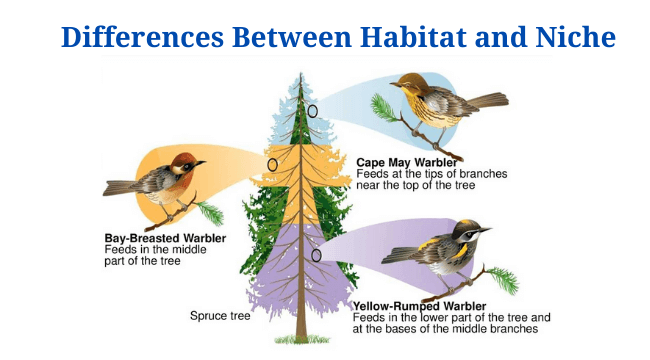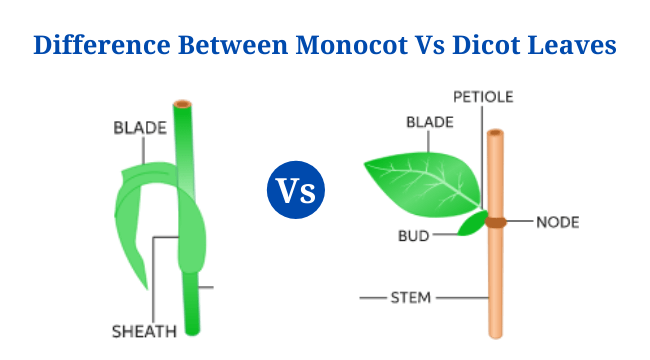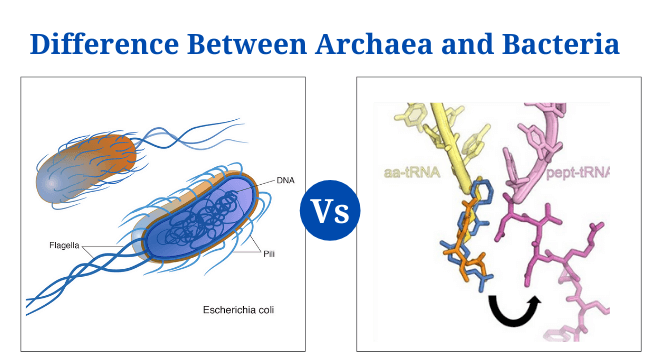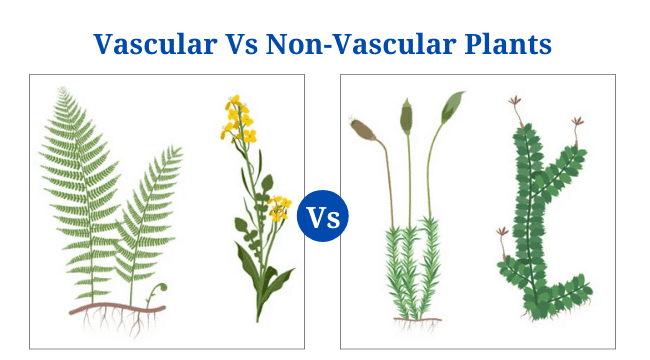Aerobic Vs Anaerobic Respiration: Definition, Differences, Examples
Definition of Aerobic Respiration Aerobic respiration is a series of metabolic events that occur in the presence of oxygen in order to transform chemical energy into ATPs in a cell. Except for certain early prokaryotes, all plants, animals, birds, and humans use aerobic respiration. In aerobic respiration, oxygen serves as an electron acceptor, allowing ATPs … Read more

